The world's largest abandoned train station
Categories: Design and Architecture | North America
By Pictolic https://pictolic.com/article/the-worlds-largest-abandoned-train-station.htmlAt the time of construction, Michigan Central Station was the tallest railway station in the world. It was built in 1913 for the Michigan Central Railroad company. The station was designed by Warren & Wetmore and Reed & Stem, who also designed New York Central Station. The operation of Michigan Central Station ceased in 1988, but it was open to visitors for most of the 1990s. After large-scale acts of vandalism, the station was closed and is now under protection.
Even now, despite all the decline, the station is an architectural splendor, and the Majestic building is a real monument of architecture. The station was even featured in Eminem's music video for the song Beautiful.
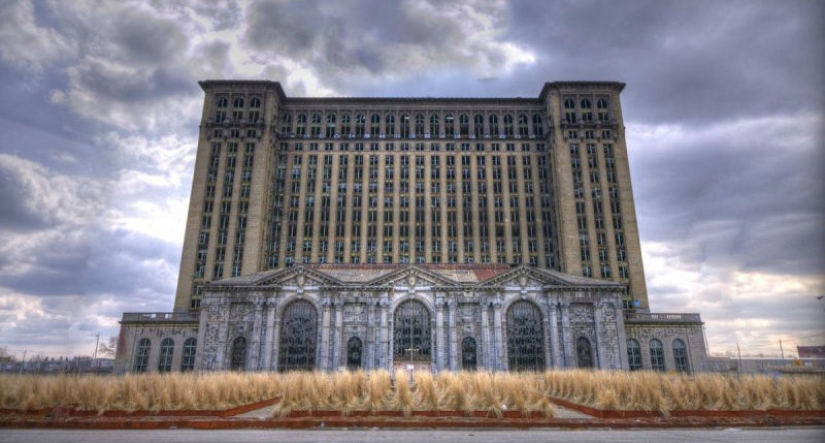

The building is an example of classical architecture. The entrance to the station creates Roosevelt Park.
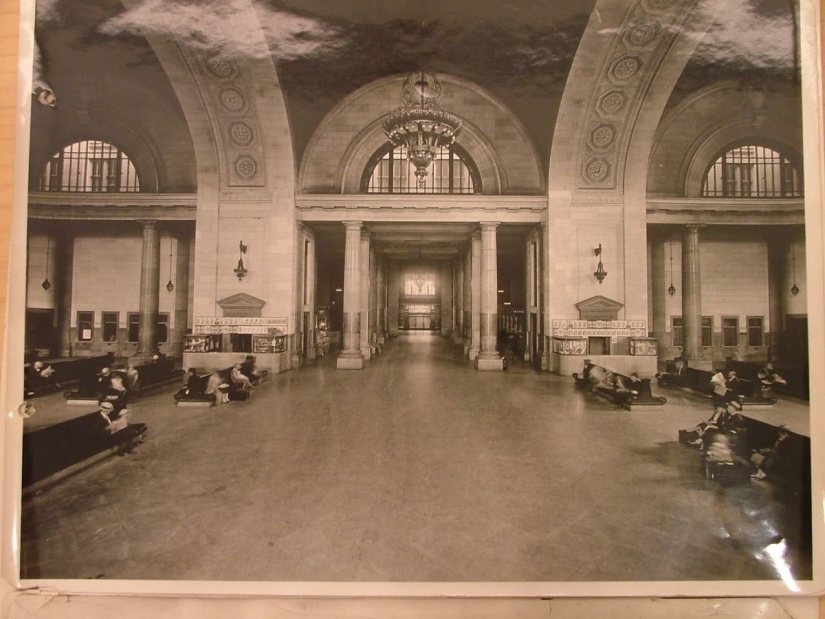
The distinctive architectural feature of the building is not its interior, but the tower towering over it. Previously, there were rumors that there would be a hotel here, but in the end the building was occupied by offices.
This building, well-known to many, may soon disappear from the face of the earth. A year ago, the Detroit City Council decided to demolish the old, long-inactive station. They are in no hurry to implement the decision — after all, the station was declared a historical monument back in 1975. On the other hand, there were no realistic projects for using a giant building, and there are no such projects.

The station was opened at the very end of 1913-after the old Michigan Central Station building on Third Street burned down (the same one that a shunting locomotive had crashed into seven years earlier). It was built according to the project of the architectural firms Warren & Wetmore and Reed & Stem, who had recently designed the Grand Central station in New York. The cost of the project with an area of 46,000 sq. m. m upon completion — $ 15 million. The Roman baths of Caracalla served as a source of inspiration for the architects, as in the New York project.
The main waiting room on the ground floor was designed in the style of ancient Roman baths, and the walls are lined with marble.
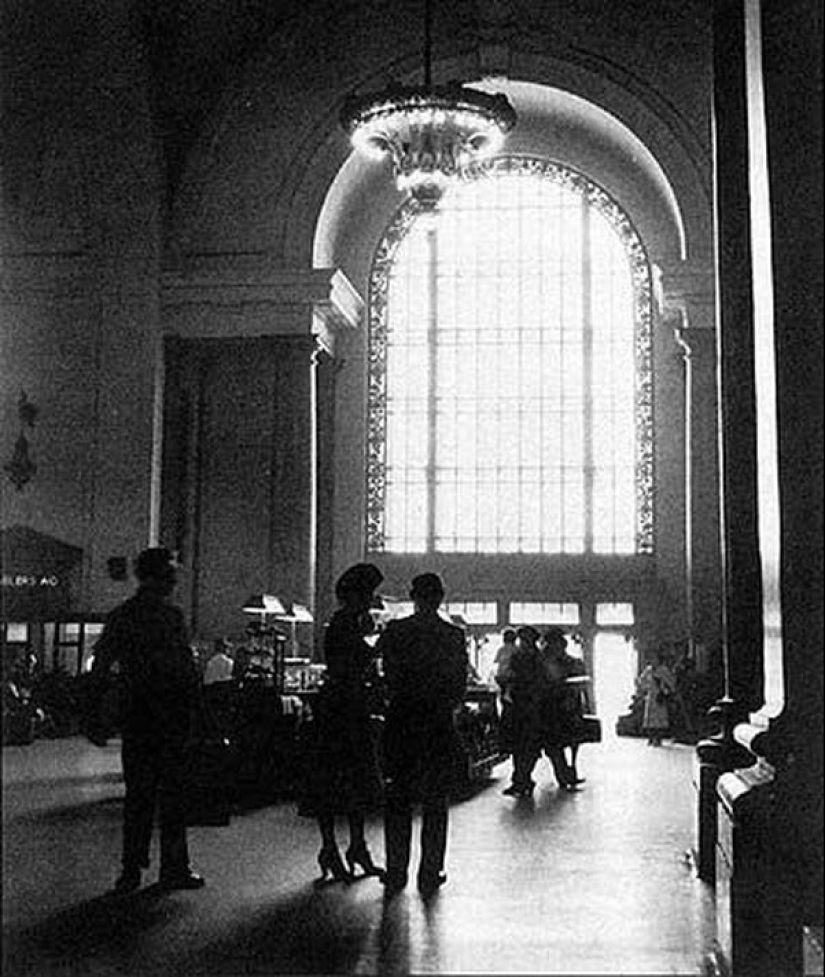
The main entrance, 1930.
The 18-story hulk, towering over the station proper, was intended for the offices of the Michigan Central Railroad and/or a hotel. In fact, the hotel was never opened there, and the railway workers did not need such extensive premises. As a result, the topmost floors remained "uninhabited".
It is hardly possible to blame the designers for not understanding that very soon the main vehicle in the United States will be a car. Work on the project began no later than 1911. Well, then who would have thought of surrounding an office building with parking lots or designing underground parking lots?
But the car has become the number one vehicle, and Detroit is the capital of the American automotive industry. Already in the 1920s, the lack of parking became a serious problem.
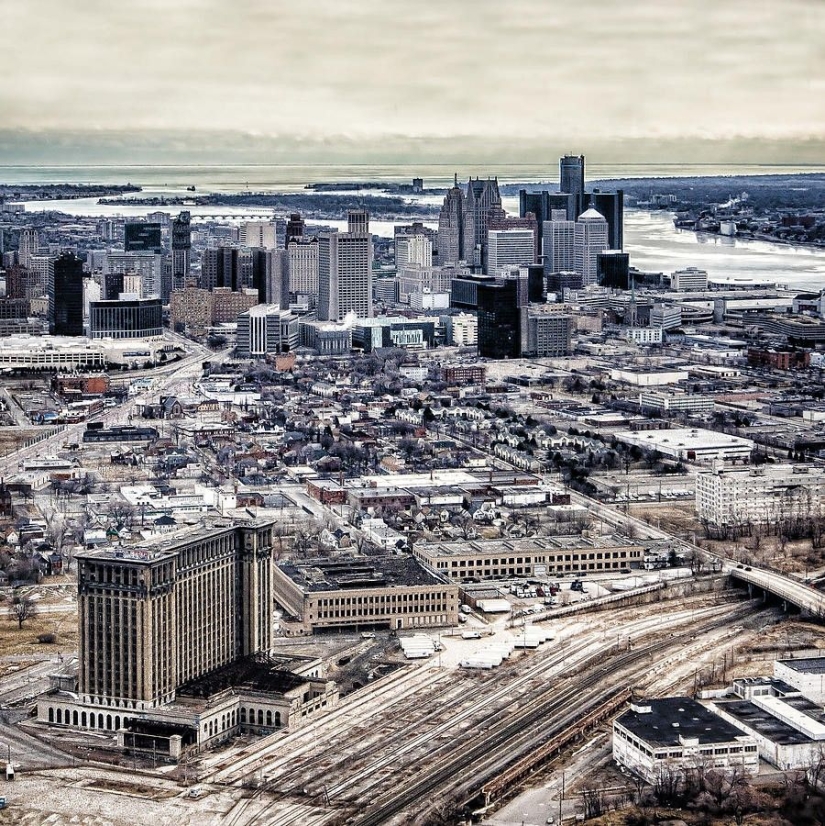
In theory, passengers had to arrive at the station either by local trains or by tram. However, the inner-city railway line of Detroit stopped working in the early 1930s, and the tram line leading to Michigan Central was dismantled in 1938.
In addition, a sharp reduction in passenger traffic during the Great Depression, coupled with the development of bus services (not to mention air transportation!) it made such a large railway station unnecessary.

The main waiting room facing west. The decline of the station became especially noticeable in 1967, when the main waiting room and the entrance through the park were closed due to a sharp reduction in the number of passengers. Shops and a restaurant were also closed. Gradually, the building became worse and worse.

By 1967, the main waiting room was completely closed to passengers and was used only as a storage room. It is hard to imagine that these amazing benches were used only for storing goods. The station continued to operate without a restaurant and the main entrance, but hung on by a thread.
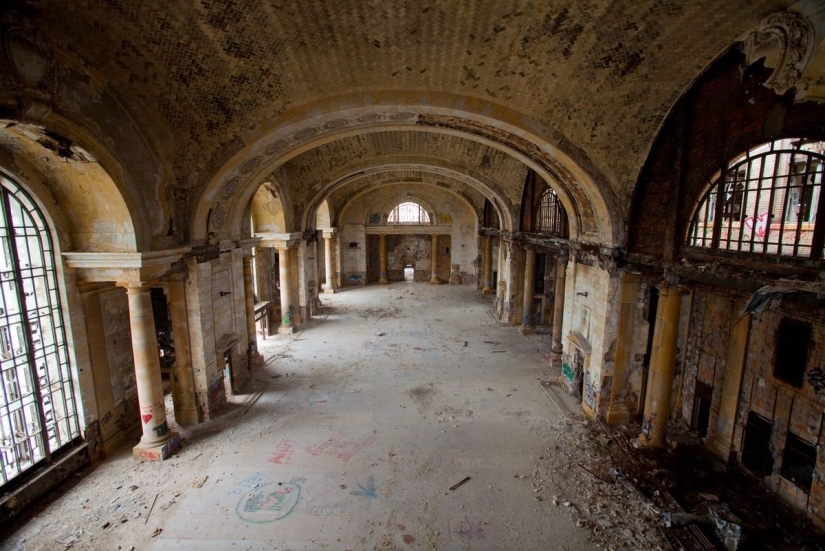
The main waiting room facing east. In the 90s, the station was opened, so it was almost completely destroyed by vandals. All the parts made of plaster and brass were stolen by looters.
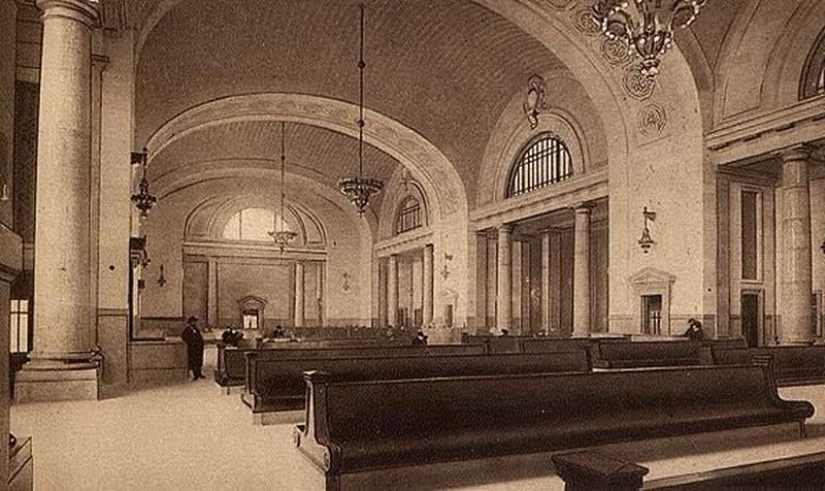
Waiting room in 1913. He was the main charm of the new station.

Nevertheless, Michigan Central continued to live. During the Second World War, it was very busy here — but with the cessation of hostilities, mass transportation of military personnel also stopped. And the prices of air tickets have sharply decreased-despite the fact that the number of flights and destinations has also sharply increased.
In 1957, the owners of the building put it up for sale — for just $ 5 million. There are no buyers. In 1963 — another attempt to sell the station, again to no avail. In 1967, in order to reduce maintenance costs, the station restaurant, shopping galleries were closed, and most of the waiting room was blocked. Two windows of ticket offices remain from the former splendor. Passengers use the service entrance — the main one is closed.
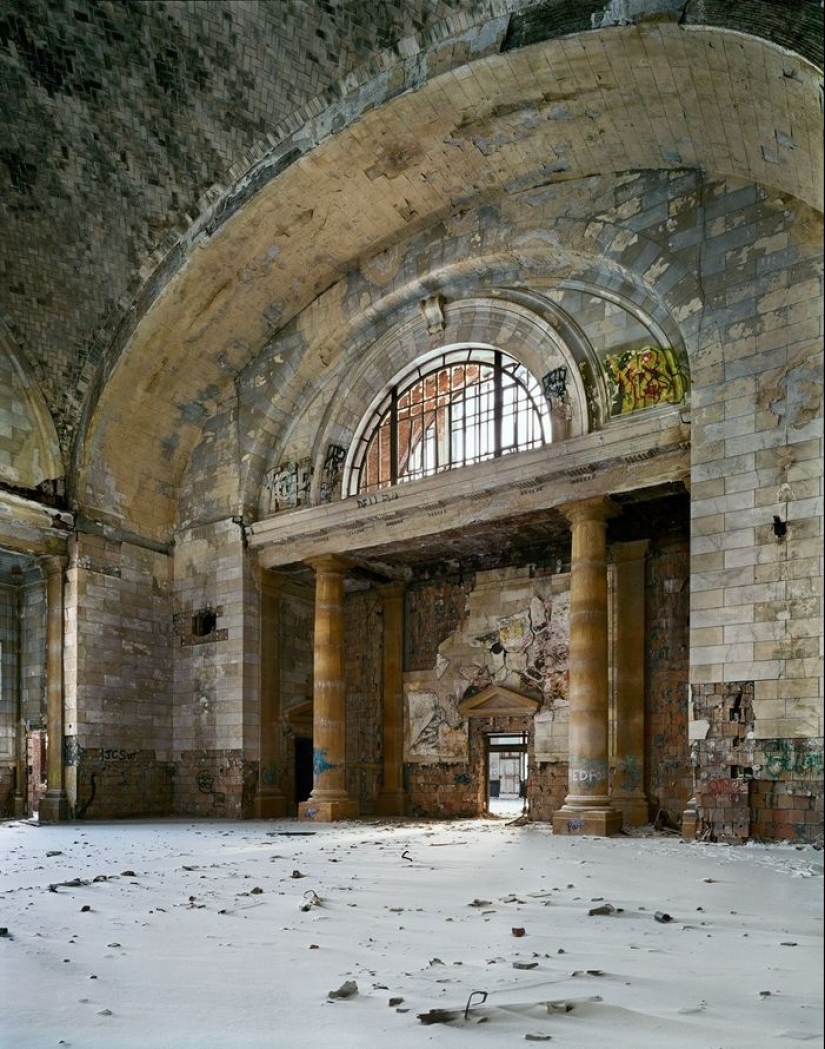
In the 1970s, things seemed to be going well — Amtrak seriously took up the Michigan Central. In 1975, the main hall was reopened, three years later, repair and restoration work began. But in 1984, the building was still sold — to the initiators of a certain "transport project", which never came true. On January 6, 1988, the last train left the station platform. This monster was not used for its intended purpose anymore.
From time to time, various projects arise to use Michigan Central — sometimes as a customs terminal, then as a congress center (possibly with a casino), then as the headquarters of the Detroit police.
But first of all, the building must be put in a decent appearance. And this will cost at least $ 80 million (rather, all 300 million). Although the station is declared a monument, there is no one to protect this monument — most of the interior decoration was safely stolen.

And it is hard to believe that anyone will be able to prevent the fulfillment of the will of the city council.
However, I have an idea: it would be worth turning the station into a World museum of Great Unsuccessful Projects. Dear ladies and gentlemen, we could have formed an authoritative commission that would have selected the exhibits — and models, drawings and dioramas would have appeared in all the halls, on all the floors to the very last, telling about a wide variety of failures — sometimes heroic, sometimes just ridiculous. And the unlucky locomotives would be humming on the access roads…
But who will finance it?

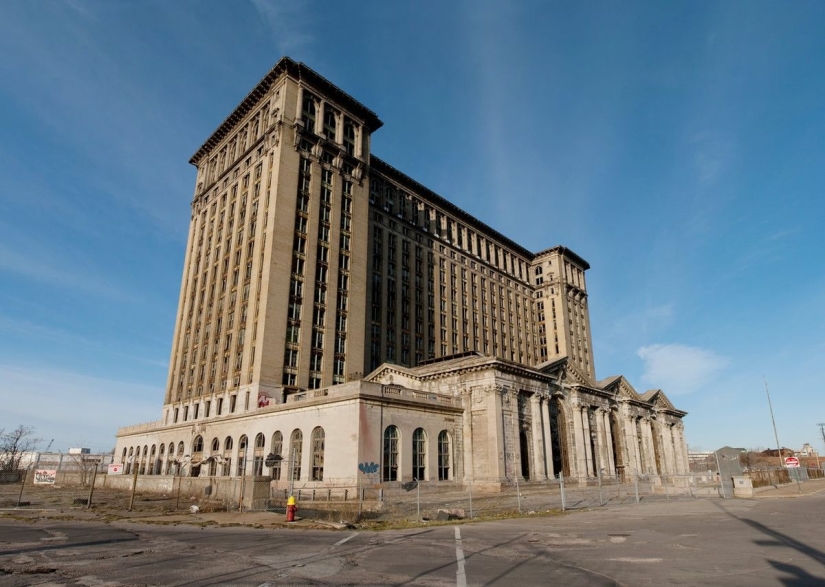

Michigan railroad station, main entrance. On January 5, 1988, the last train left here. The station closed the next day, and the building has been slowly decaying ever since.
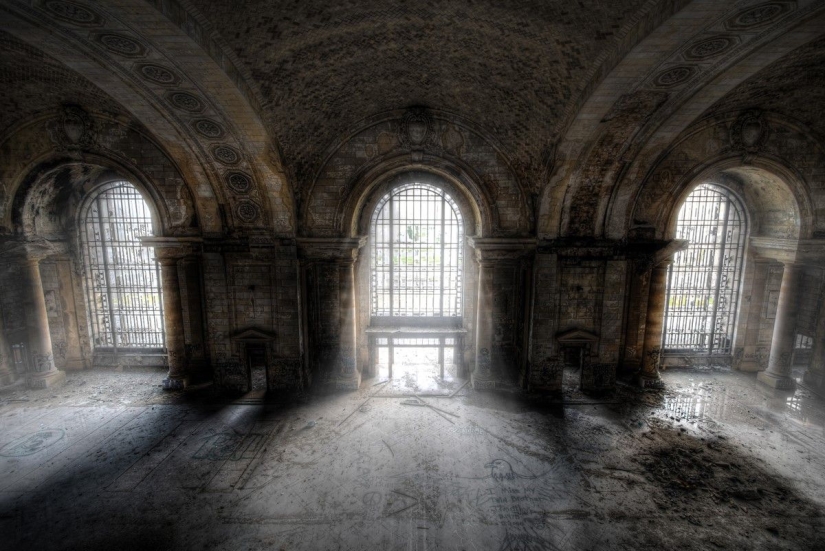
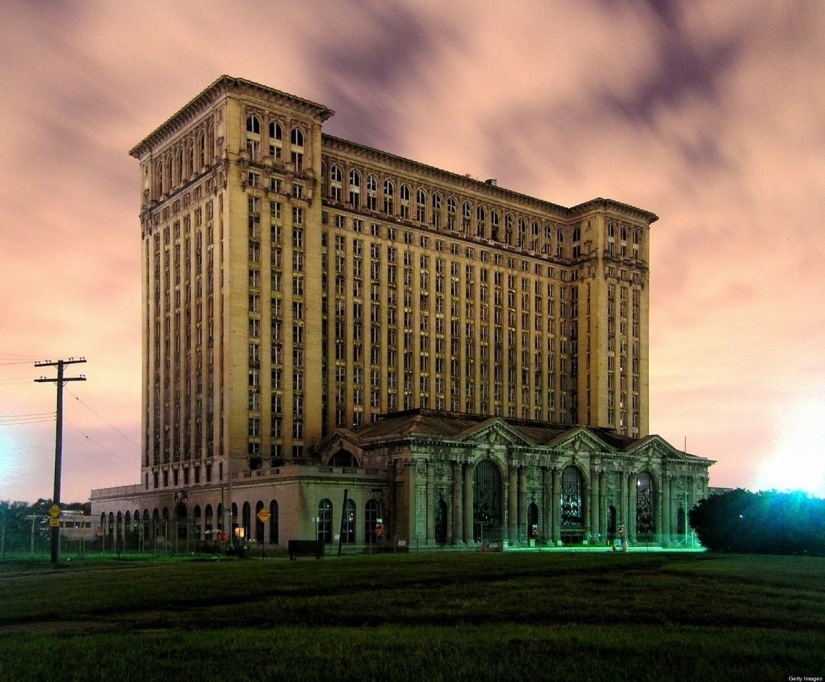

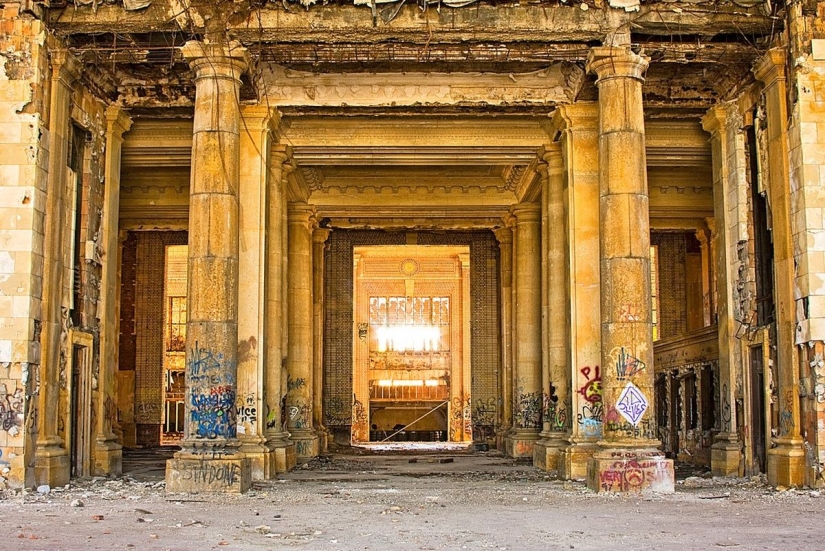
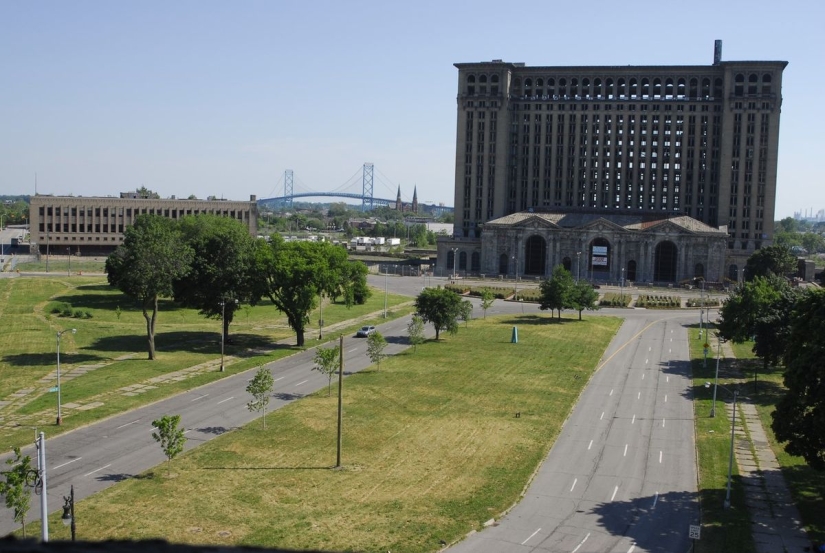
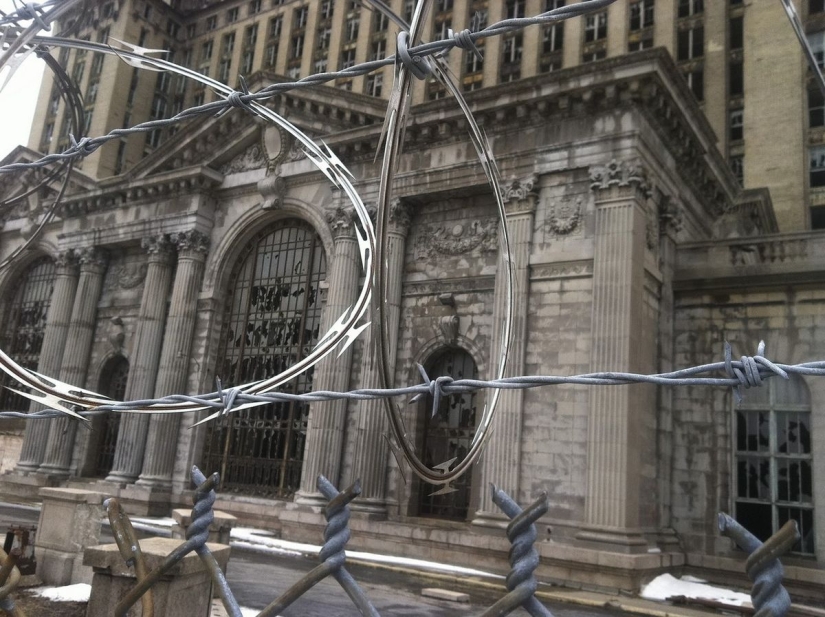
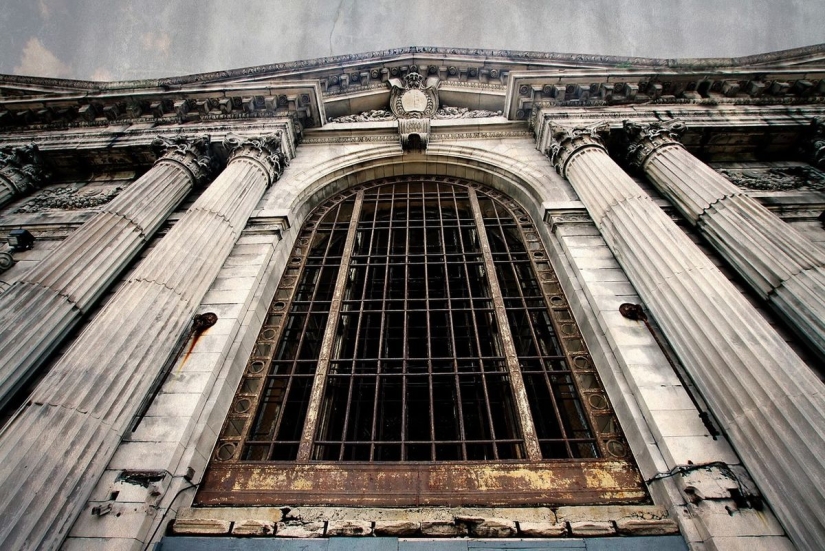
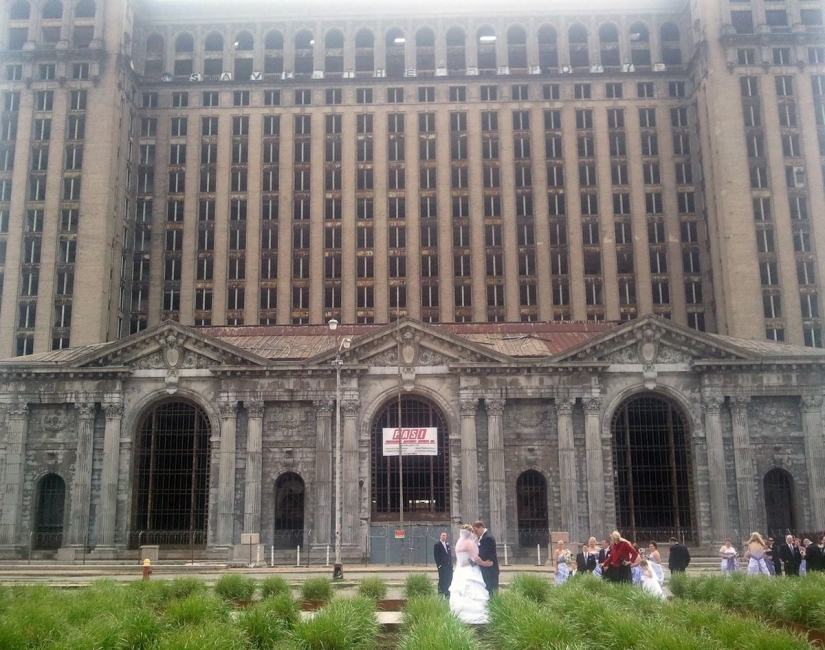
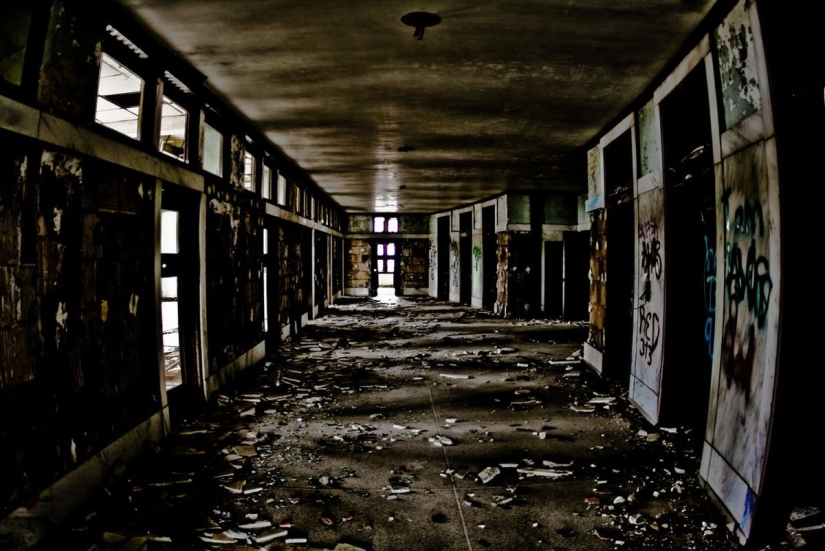
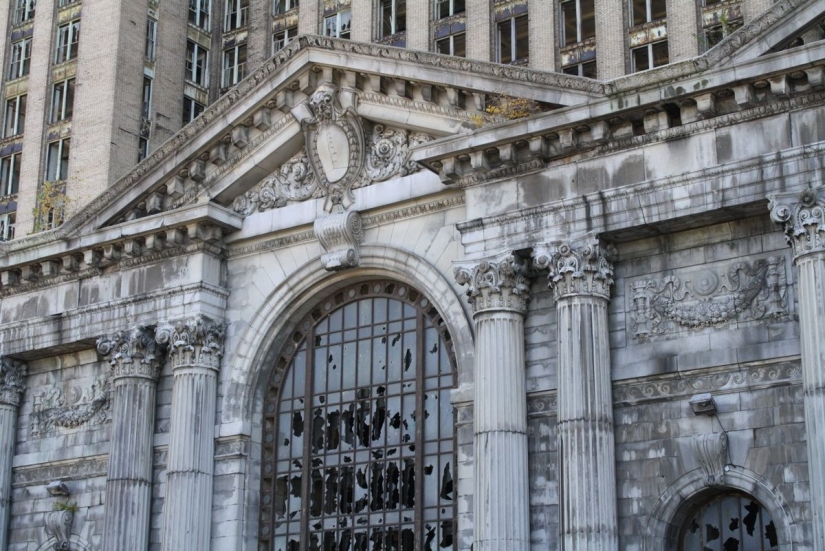
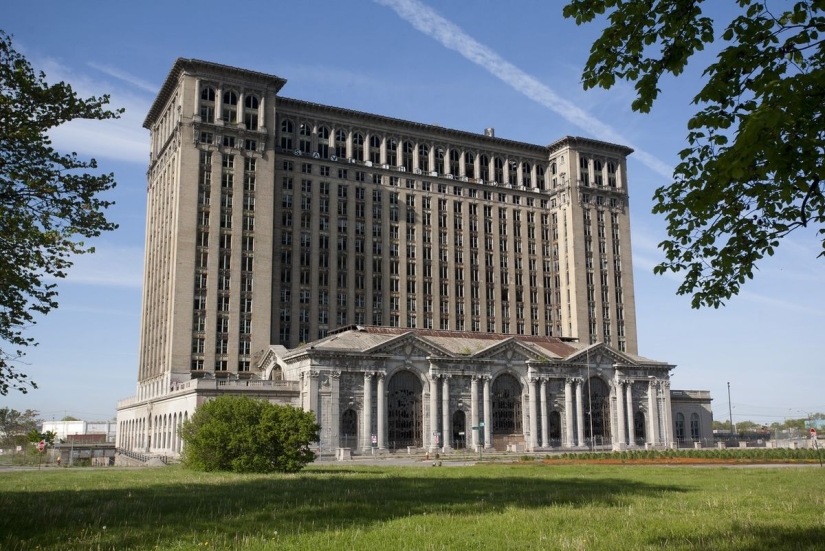

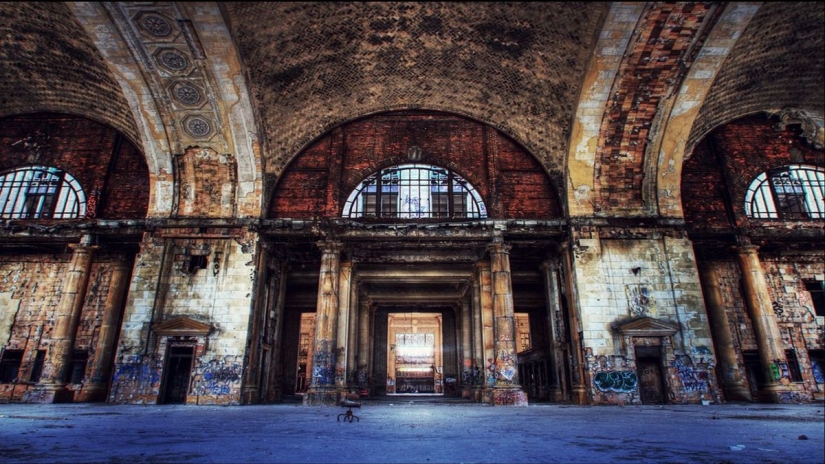
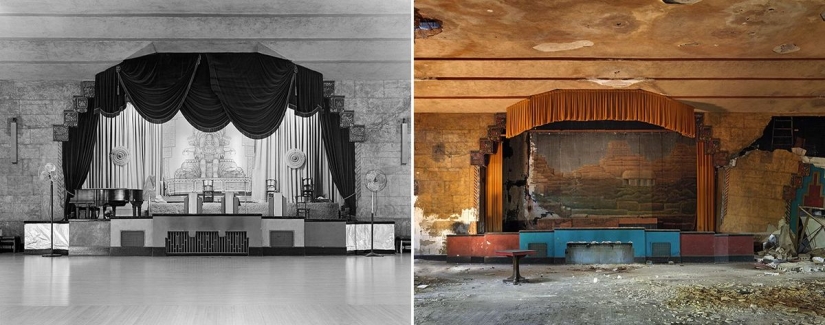
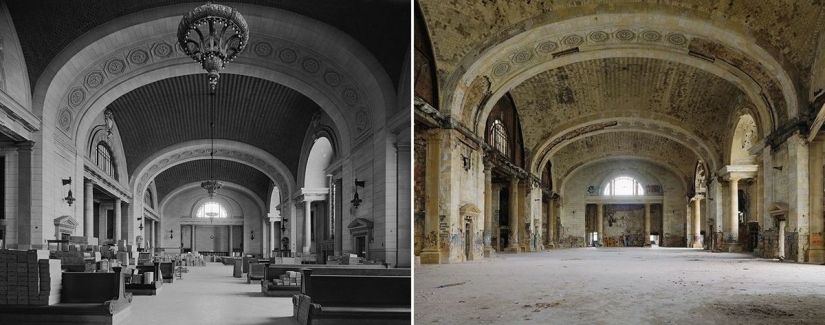

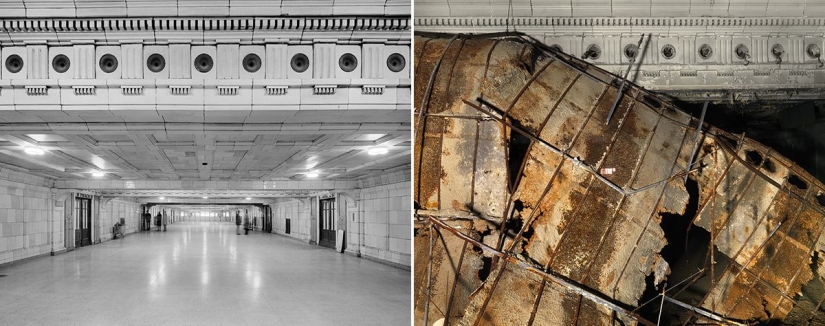
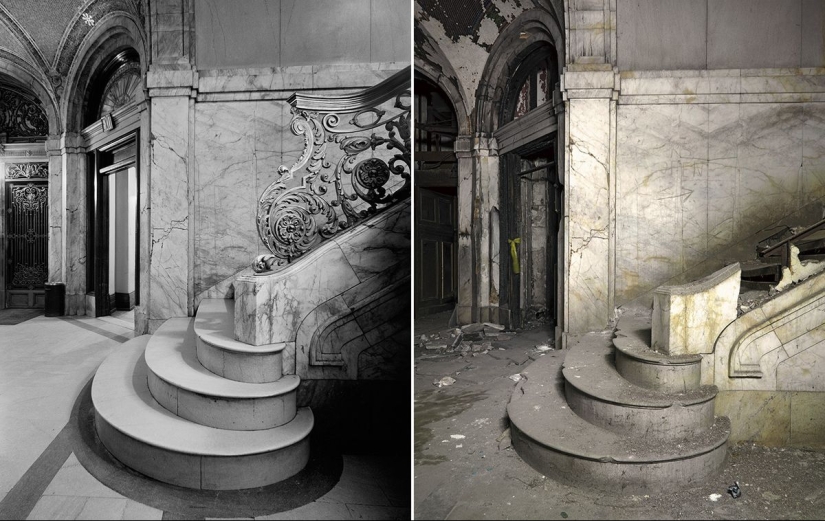

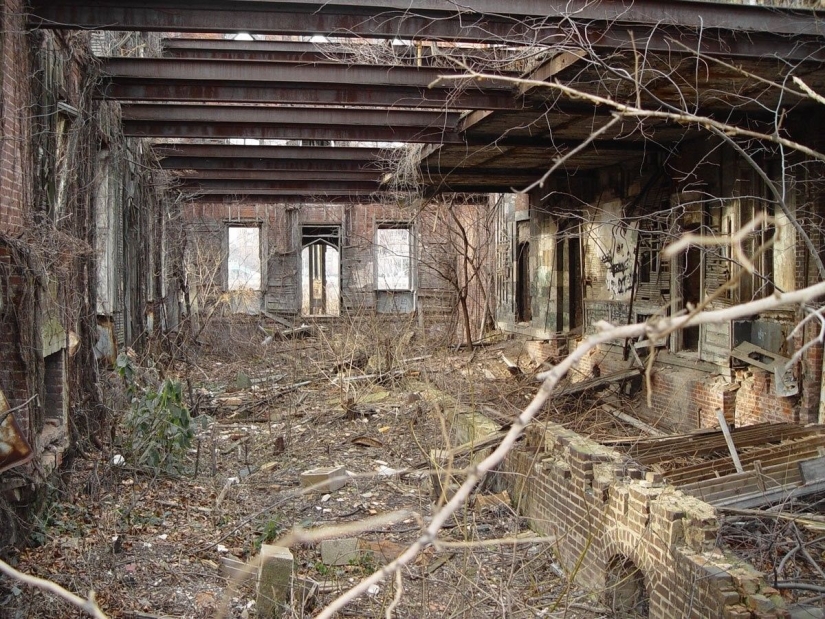
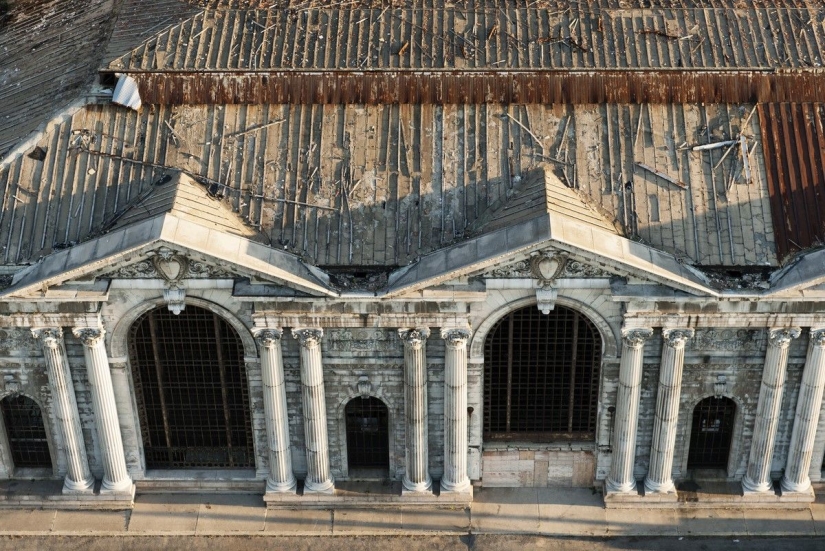

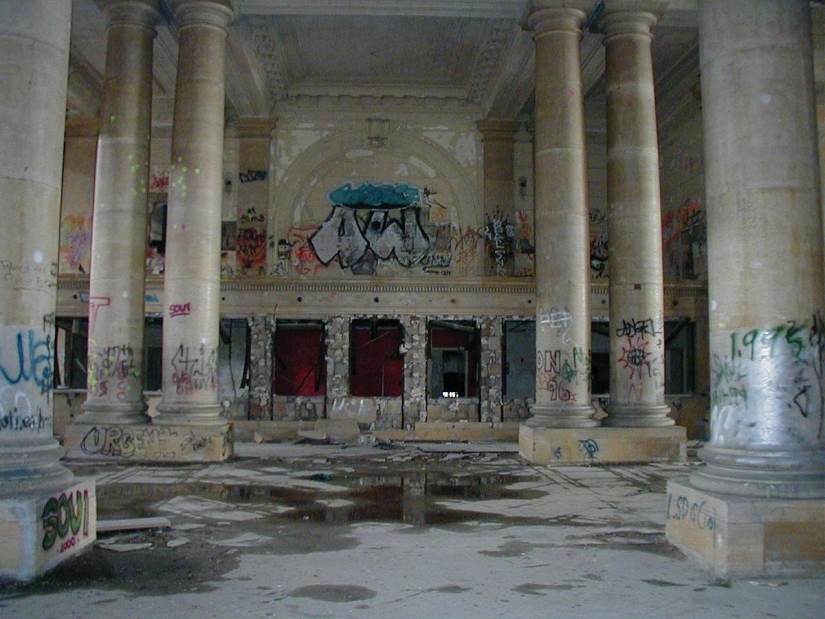

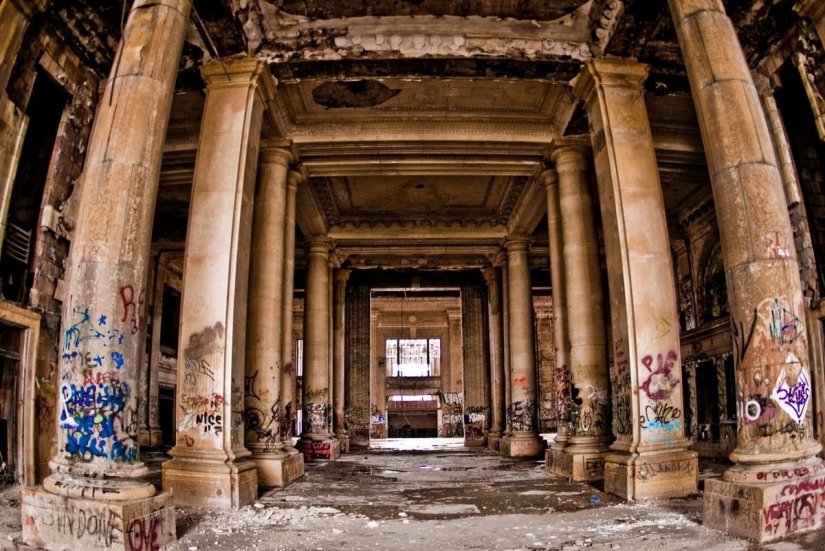
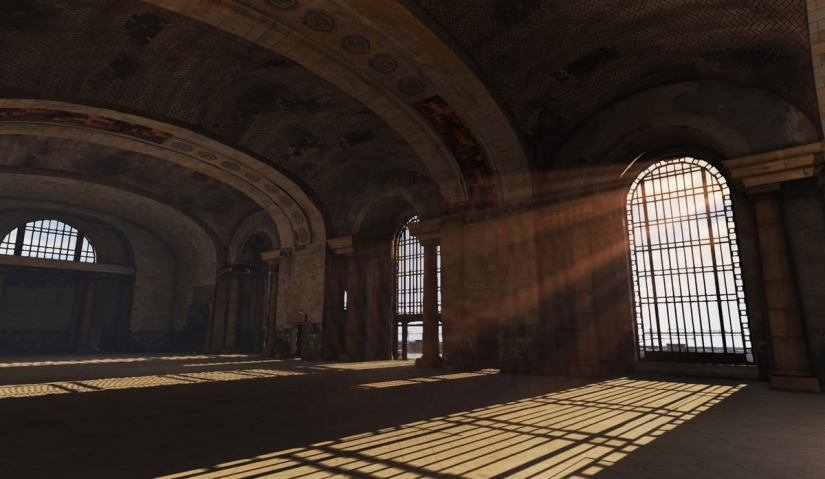

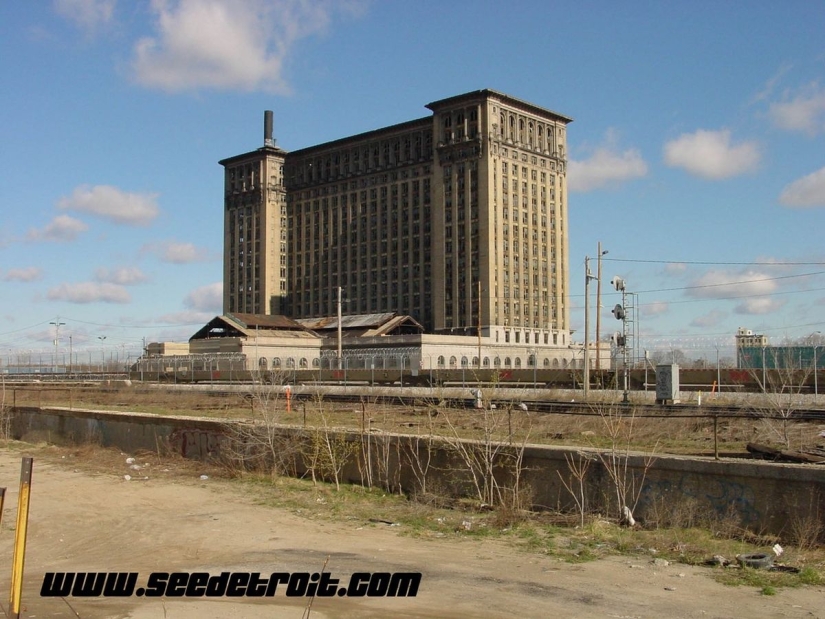
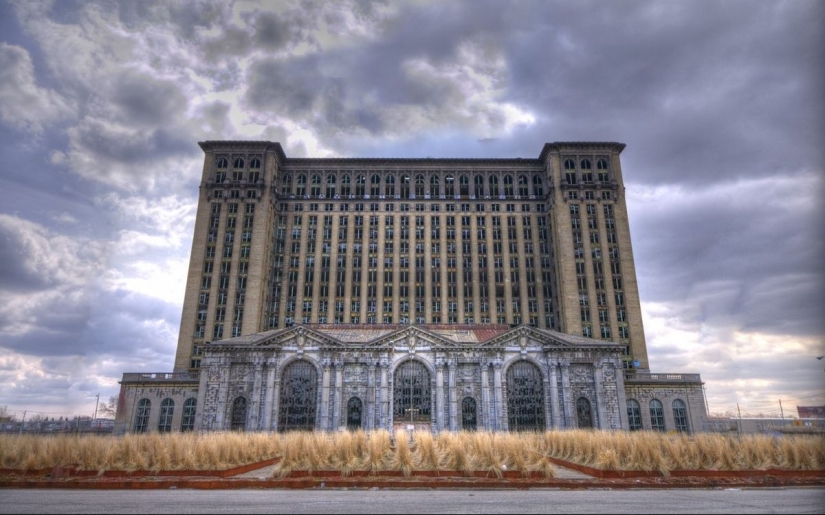
Keywords: North America | Abandoned | Building | Design and architecture | Train station | The largest
Post News ArticleRecent articles

Leonardo da Vinci was accused of being fond of orgies. William the Conqueror, despite all his successes, was called a "Bastard" ...

Modesty? Decency? A sense of tact? No, you haven't heard! Just look at what the people from the selection below are doing! No ...
Related articles

As a child, his mother called Sean Vincent Gillis "a baby with an angelic face" and did not even suspect that her child would turn ...

Millions of people around the world buy lottery tickets in the hope of winning a happy life. They dream of luxury cars, luxury ...

Human intervention in the affairs of nature is extremely rarely successful. Especially a lot of trouble was brought to the ...

American documentary photographer Bruce Davidson came to the UK in 1960 for a couple of months on the assignment of Queen magazine. ...